Not all blogging platforms are created equal, especially when it comes to making money. Some are built for beginners, while others cater to experienced bloggers looking to scale their income streams.
With so many options out there, it can be overwhelming to figure out where to start. To make your journey smoother, we’ve curated a list of 9 powerful blogging platforms designed to help you maximize your earning potential and turn your blog into a profitable venture.
Ready to explore your options?
Best Blogging Platforms to Make Money
Whether your focus is on ad revenue, selling products, or growing a subscription base, the platforms below are equipped with tools and features to meet your needs. Each one has its own strengths, so you can find the perfect fit for your blogging goals.
1. WordPress
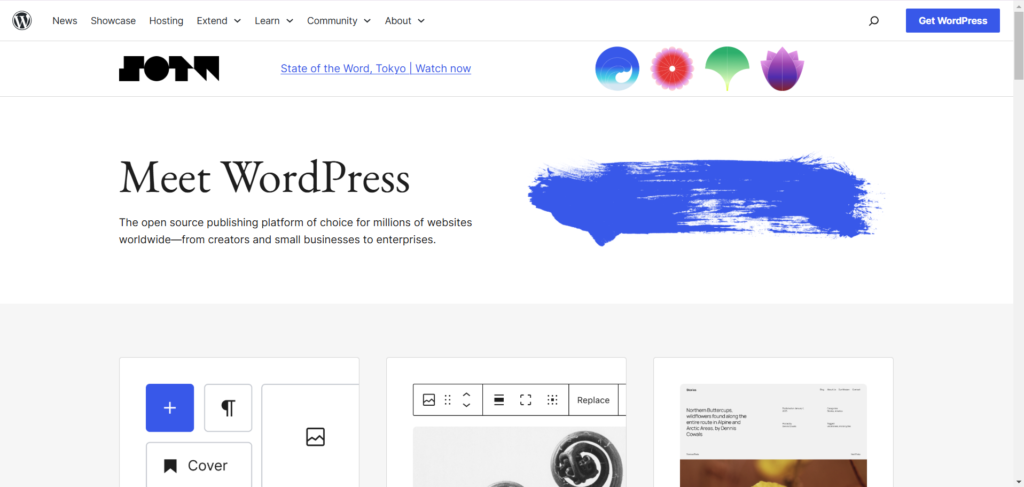
If you aim to build a long-term, scalable business, WordPress is the top choice, especially when paired with reliable hosting like SiteGround or Bluehost.
Key Features:
- It supports ad networks, affiliate programs, and e-commerce with plugins like WooCommerce and Lasso.
- Advanced SEO tools like Yoast and RankMath maximize organic traffic.
- Complete ownership of your content with self-hosted control.
Limitations:
- Requires separate hosting and technical management, which can be overwhelming for beginners.
- Customization can become time-consuming, especially for users unfamiliar with coding or managing multiple plugins.
2. Medium
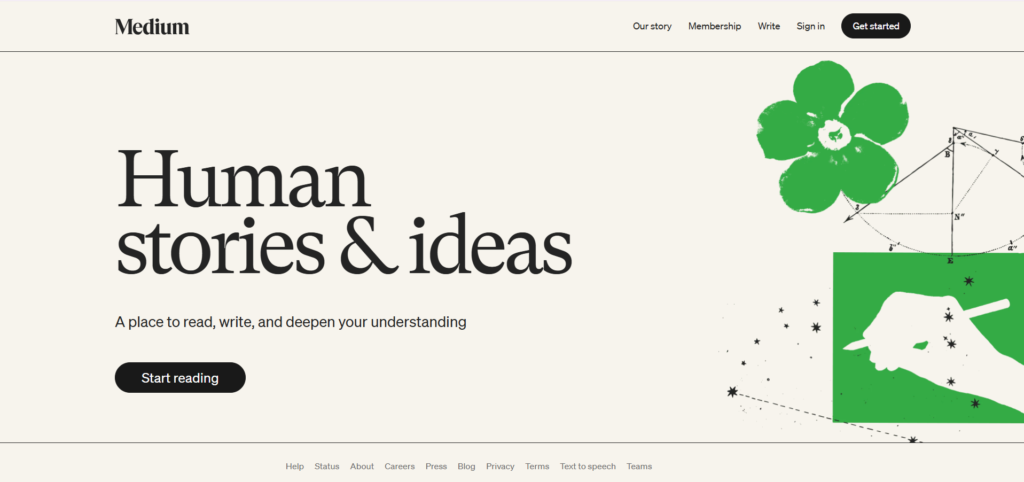
If you’re passionate about storytelling and want to focus solely on writing, Medium provides an excellent platform to share your ideas with a built-in audience. Its simplicity ensures you spend more time creating content and less time managing technical aspects.
Key Features:
- Quick setup with monetization via Medium’s Partner Program, which pays based on reader interaction.
- No need to manage hosting or complex plugins.
Limitations:
- Limited branding options and reliance on Medium’s income model.
- May not suit those building personal brands or diverse revenue streams.
3. Blogger
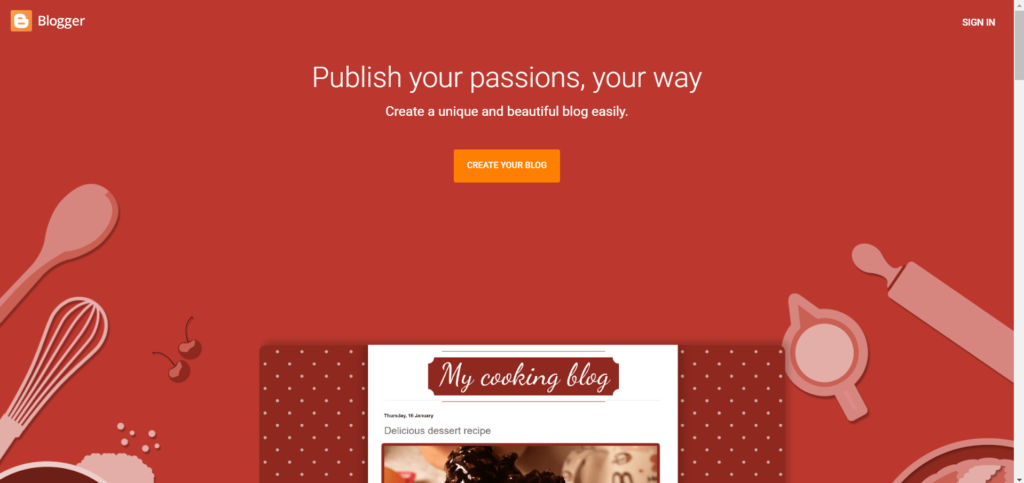
For beginners seeking a quick start to blogging, Blogger offers an easy-to-use platform that integrates seamlessly with Google’s ecosystem. It’s a reliable choice for hobbyists or those testing the waters of blogging without investing heavily upfront.
Key Features:
- Free to use with easy Google AdSense integration for ad revenue.
- Simple setup with no need for hosting.
Limitations:
- Limited themes and customization. Google’s ownership means you risk content removal if policies are violated.
- Blogger offers a low barrier to entry but lacks flexibility for those looking to grow their site into a business over time.
4. Wix
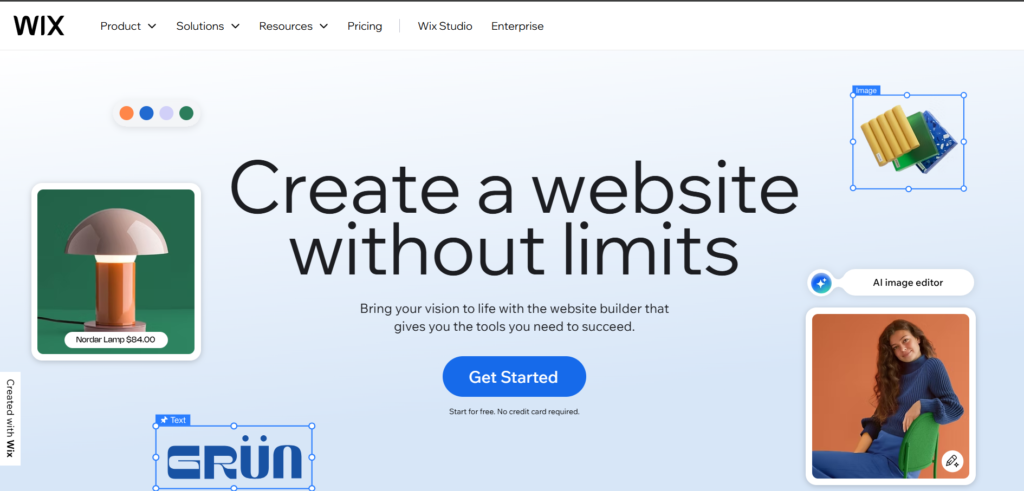
Wix makes it easy to design a professional-looking blog with its intuitive drag-and-drop builder and visually appealing templates. It’s a great option for users who want to combine blogging with other website features, such as online stores or portfolios.
Key Features:
- Drag-and-drop builder with integrated SEO tools and e-commerce options.
- Paid plans remove Wix-branded ads, allowing better monetization through affiliate marketing and product sales.
Limitations:
- Limited backend control, which may restrict future growth.
- Transaction fees on e-commerce sales unless using a premium plan, which can cut into your profits.
5. Squarespace
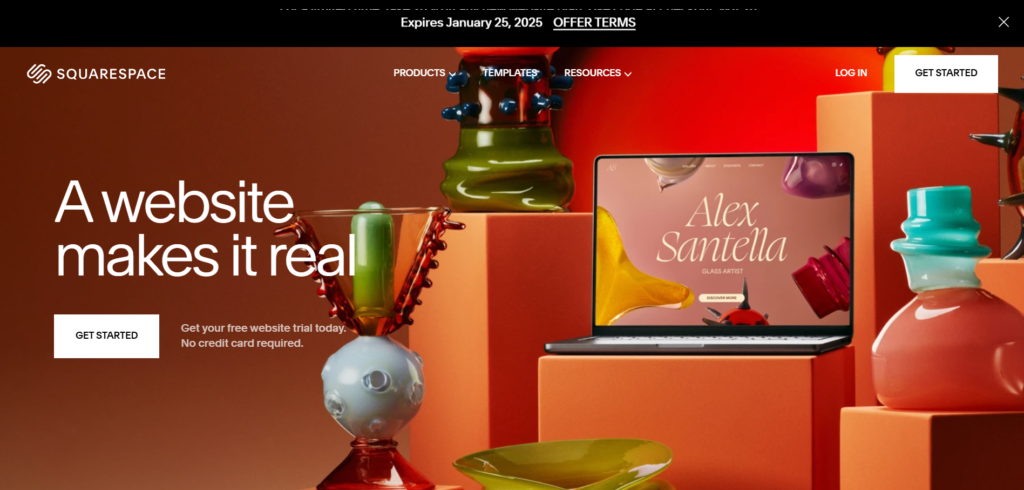
Squarespace shines as a polished platform for bloggers who prioritize aesthetics and want a professional, cohesive look for their site. Its seamless setup and design-focused features make it a standout option for creatives and small business owners.
Key Features:
- Elegant templates and integrated e-commerce tools for selling products or services.
- Smooth setup with built-in SEO tools.
Limitations:
- Less customizable than WordPress and more expensive.
- May not suit those who need advanced monetization strategies.
6. Ghost

Ghost is ideal for bloggers who want to monetize their content with memberships while enjoying a fast publishing experience. Its focus on clean design and functionality makes it a strong contender for writers and content creators who want to scale efficiently.
Key Features:
- Membership tools allow users to create paywalled content and accept subscription payments.
- Minimalist, fast platform with built-in SEO.
Limitations:
- Limited themes and no native e-commerce tools for physical products.
- Higher pricing compared to other platforms, which may not be ideal for bloggers on a tight budget.
7. HubPages

HubPages combines blogging with a community-driven approach, making it a unique option for those interested in publishing niche articles. Its ad integration makes it a simple way to generate passive income while sharing expertise across various topics.
Key Features:
- Integrated ad programs like Google AdSense and Amazon Affiliate.
- Community-driven platform with robust SEO tools to enhance visibility.
Limitations:
- Limited customization and branding options.
- Earnings heavily depend on traffic volume, which can make it challenging for new bloggers to generate substantial income.
8. Weebly
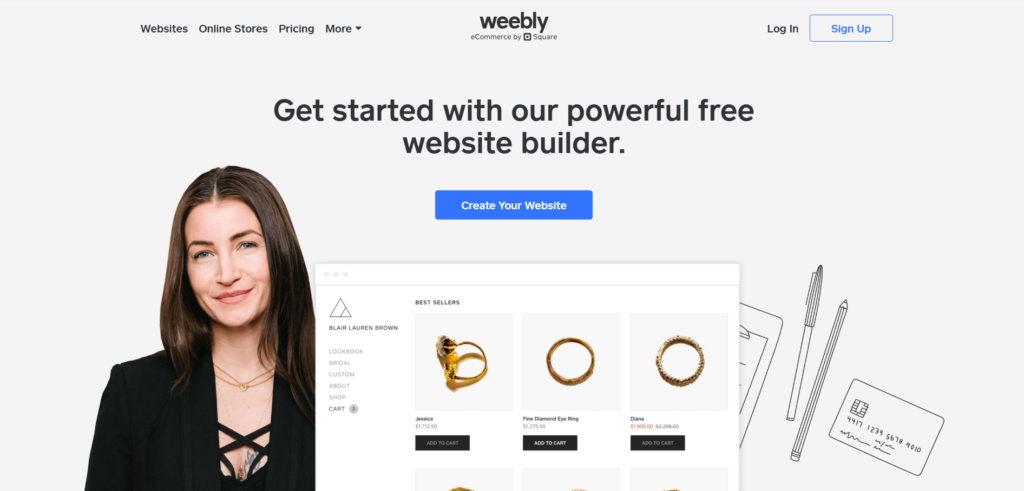
Weebly provides a hassle-free blogging experience with built-in hosting and easy-to-customize templates. It’s a practical choice for users looking for a straightforward way to create a website and maintain a blog without technical complexity.
Key Features:
- Drag-and-drop builder with customizable templates.
- Integrated eCommerce tools for small online stores.
- Free hosting and domain options.
Limitations:
- Limited control over advanced SEO and fewer third-party integrations compared to other platforms.
- It may not meet the needs of large-scale content creators or marketers.
9. CMS Hub
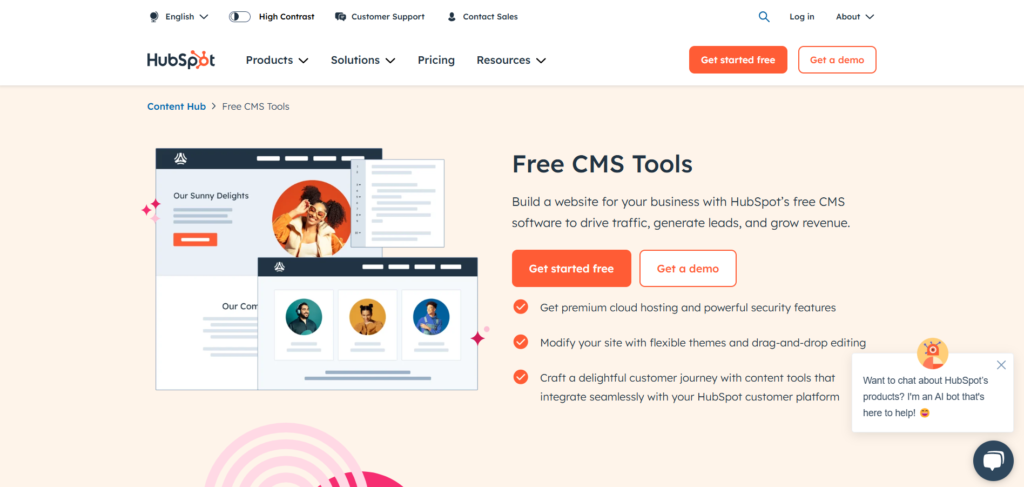
CMS Hub combines powerful blogging tools with integrated marketing and CRM features, making it a great choice for businesses focused on content-driven growth. Its advanced analytics and lead tracking help align your blog with broader marketing strategies.
Key Features:
- Integrated CRM, SEO tools, and analytics for performance tracking.
- Customizable templates for landing pages and blogs.
- Tools designed to automate marketing processes and support lead generation and engagement.
Limitations:
- Higher price point compared to simpler blogging platforms.
- CMS Hub locks users into HubSpot’s ecosystem, making it difficult to migrate your blog to another platform in the future.
Trends in Blogging Platforms
The world of blogging is constantly evolving, and platforms are adapting to new trends that can enhance your ability to earn money. Here are some emerging features and opportunities to keep an eye on as you choose the right platform for your blog:
AI-Driven Content Tools
Platforms like WordPress.org are embracing AI-powered plugins to help bloggers create and optimize content faster. Tools such as AI writing assistants, automated keyword research, and predictive analytics can save time and boost engagement, ultimately increasing your income potential.
Integrated Memberships and Communities
Platforms like Ghost are leading the way in enabling bloggers to monetize exclusive communities. By offering subscription models combined with community interaction features, you can build deeper connections with your audience while generating recurring revenue.
Micro-Monetization Features
Micro-monetization, such as tipping, pay-per-post access, or paywalled micro-content, is becoming more common on platforms like Medium. These features allow bloggers to earn small amounts of money for individual posts or contributions, making even casual readers a source of revenue.
Blockchain and Decentralized Blogging
Some newer blogging platforms are exploring blockchain technology to reward creators directly without relying on ad revenue. While still in its infancy, decentralized blogging platforms (like Write.as with its privacy-focused model) may reshape how bloggers earn and own their content.
Cross-Channel Monetization Opportunities:
Many platforms, such as Squarespace and Wix, now offer integrations for selling on multiple channels (e.g., Instagram Shops, Amazon, or Etsy). This allows bloggers to expand their reach beyond their websites and create additional income streams.
Building a Profitable Blog for the Long Run
As you embark on your blogging journey, one often overlooked factor is the importance of understanding your audience and how they engage with content. The most successful blogs are built with a clear understanding of their target readers—what they value, what questions they need answered, and how they prefer to consume content.
Whether your audience responds best to text-heavy articles, engaging visuals, or interactive media, your platform choice should reflect these preferences. For instance, bloggers catering to highly visual niches like design or photography might thrive on platforms like Squarespace, while those writing in-depth thought leadership pieces may benefit from the simplicity and built-in audience of Medium.
Another crucial consideration is how well the platform supports long-term brand building. While monetization tools like ads, affiliate links, and paywalls are critical, your blog’s success often hinges on its ability to establish authority in your niche.
Platforms that offer features like customizable branding, advanced analytics, and scalable growth tools will help you not only earn money but also build trust and recognition with your audience over time.
Take the time to map out not just your short-term income goals but also your vision for the next three to five years. By aligning your platform choice with both your immediate needs and your long-term ambitions, you’ll create a blog that’s not only profitable but also sustainable in the ever-changing digital landscape.
Related:
- Best E-commerce Platforms: How to Choose the Right One for You
- 20 Easy Blogging Tips to Grow Your Blog Traffic & Revenue
- Advertising With Blogs: The Ultimate Blueprint For Content Marketing Success

We empower people to succeed through information and essential services. Do you need help with something? Contact Us.
Want a heads-up once a week whenever a new article drops?




![30 Business Ideas to Make Money in [year] (Only the Best) Business ideas article quote.](https://techhelp.ca/wp-content/uploads/2021/08/business-ideas-300x150.jpg)



Thank you for this nice article and these useful information.
You’re most welcome, Helene.